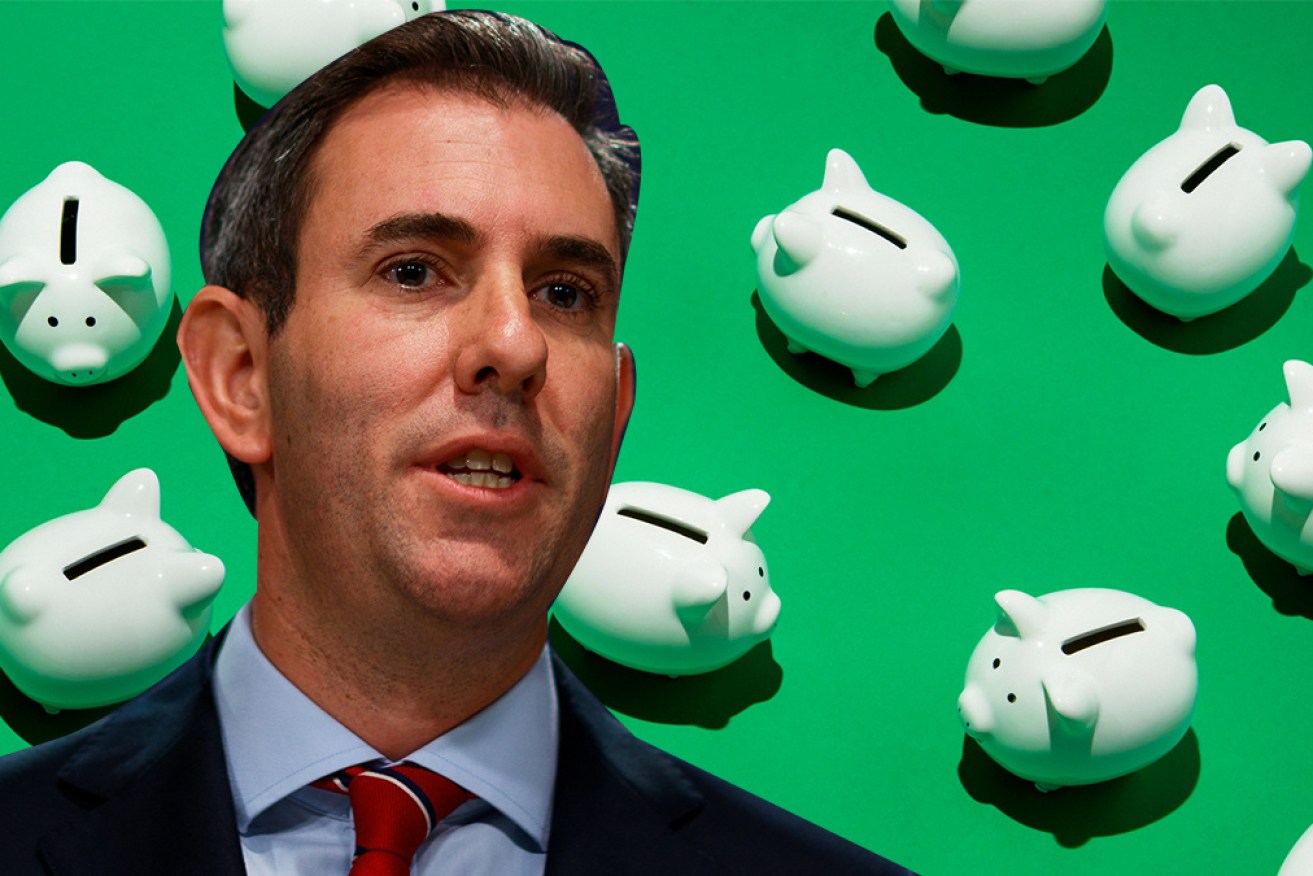Don’t think ‘eye-watering’ debt means the government is doing enough: Chalmers


Shadow treasurer Jim Chalmers says the budget was a missed opportunity.
Shadow treasurer Jim Chalmers says the federal budget wasted the chance to transform “this crisis into a turning point for Australia” to become a stronger and fairer society.
In a lunchtime address that pitched Labor’s proposal for a government-led recovery against the Liberals’ business-backed budget, Dr Chalmers said the “eye-watering” government debt should not hoodwink Australians into thinking the Coalition is doing enough to fix the economy.
He told the National Press Club that “the real story of last week’s budget [was] opportunity cost – and opportunities lost”.
Despite $98 billion of new spending measures, Dr Chalmers said “unemployment is still expected to be too high for too long” and “too many Australians are still left in the lurch”.
“Unusually, this budget was defined more by what’s not in it than what is,” the shadow treasurer told the press club.
Nothing for childcare, or cleaner and cheaper energy. Nothing for social housing, no plan to tackle insecure work or to address the crisis in aged care.
“Nothing to advance equality for women, leaving a gap that shreds the credibility of this government.”
Noting that the budget forecasts unemployment to remain above pre-COVID levels for at least another four years, Dr Chalmers said the Treasurer has failed to announce enough job-creation measures.
He said another 160,000 Australians were expected to lose their jobs by the end of the year and the government would cut support before many of them regained employment.
Tweet from @JEChalmers
“When unemployment gets back below 6 per cent – around its peak during the GFC – government policy officially snaps back to austerity,” Dr Chalmers said.
“They want to slam on the brakes before the recovery even gets into second gear.”
Dr Chalmers argued there was nothing wrong with spending big to lift the economy out of recession, so long as “every borrowed dollar” provides good value for money.
“The immediate challenge is to ensure stimulus is cost-effective – maximising the economic activity for each dollar invested,” he said.
“This is what economists call the fiscal multiplier. A high fiscal multiplier is important not only because debt must ultimately be repaid, but because it helps create more jobs.”
Citing work by the OECD, the International Monetary Fund and the Grattan Institute, Dr Chalmers said the personal income tax cuts – parts of which Labor leader Anthony Albanese has hinted at repealing – would only deliver 50 cents in GDP for every dollar invested.
Meanwhile, every dollar of direct government spending would return at least $1 in GDP, he said.
Tweet from @senator_sheldon
“Direct government spending often has a bigger fiscal multiplier, and its impact can be several times larger when interest rates are close to zero,” the shadow treasurer told the press club.
“This only bolsters the case to make government investments in things like social housing, as Labor is proposing.
“To create the most jobs we also need policies that support the most labour-intensive sectors, which are often found in the care economy.
“This is one of many compelling reasons for the government to focus on aged care, in childcare, and in hard-hit areas like arts and hospitality.”

Anthony Albanese’s budget reply focused heavily on child care. Photo: AAP
The National Press Club speech comes after Labor leader Anthony Albanese used his budget reply speech on Thursday evening to commit a future Labor government to $6.2 billion in childcare reforms.
Mr Albanese proposed to raise the childcare subsidy from 85 per cent to 90 per cent of costs, to scrap the annual subsidy cap ($10,560), to soften the taper rate at which support is reduced, and to increase the subsidy cut-off from $353,680 in household income to $530,000.
Before the budget, economists called for higher childcare subsidies and greater investment in health and social care to make up for female jobs lost during the lockdowns – with the Grattan Institute claiming that a $5 billion investment in child care would deliver a $11 billion boost to the economy through higher workforce participation.
Mr Albanese dressed up the changes as an economic reform rather than a welfare measure.
But Prime Minister Scott Morrison described the plan as a work of “fiction” that would mostly benefit higher-income earners.
“What I do know is that someone who is in the top 10 per cent of income-earning in this country are the big beneficiaries of that plan,” he said.
“When we announced our childcare changes, it was focused on those low-and-middle-income earners.”








